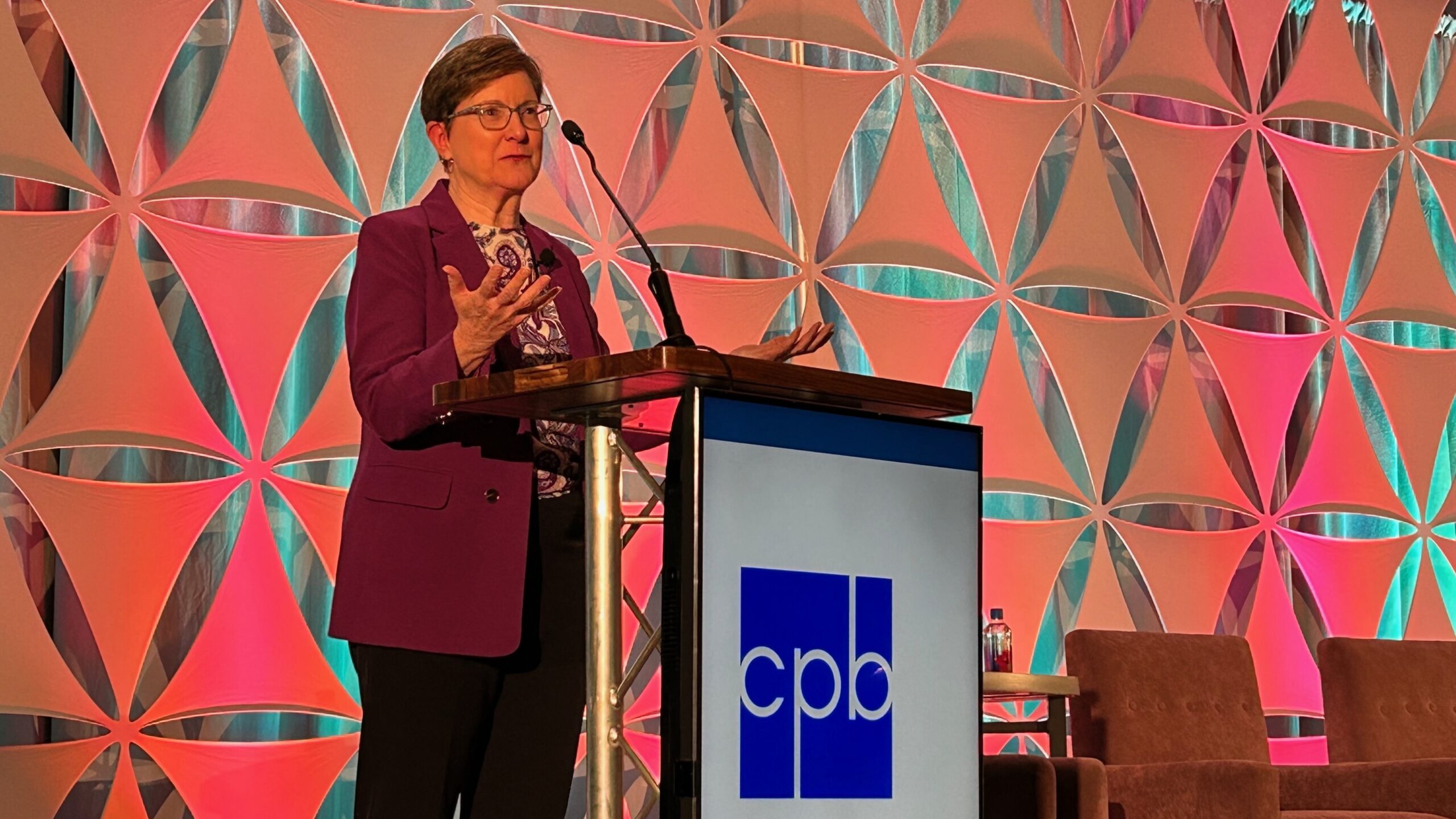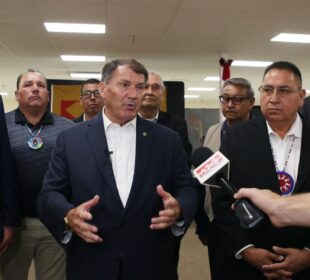Tag: Native media
CPB awards $3 million to Koahnic Broadcast Corporation
The funds enable Koahnic to hire a chief content officer and expand distribution of its programs.Indigenous traditions inspire new video game from Nebraska, Wisconsin stations
A collaborative design process enabled public media teams and Menominee contributors to authentically represent modern Menominee life in Powwow Bound.Tribal radio stations wait on $9M pledged in congressional handshake deal
“I certainly can’t budget anything that I don’t know is coming, so I’m definitely not planning for it now,” said one station ...Bill Pearce, public broadcasting ‘pioneer’ who built WXXI, dies at 95
His involvement in TV productions included a series of interviews with U.S. presidents.With new strategic plan, Native Public Media seeks collective ‘vision for tomorrow’
The organization representing Native radio and TV stations is considering priorities that include CPB compliance, international communications policies, and sharing content among ...Localore project at Oklahoma’s KOSU reveals possibilities for Native news coverage
Approaching Native issues can be daunting to non-Native journalists.Feds arrest Arizona man for stealing Native group’s PTFP money
An Arizona man with a background in Native radio faces federal civil and criminal charges for using a federal grant for personal ...Ancient human remains found under Alaska station
KCAW/Raven Radio in Sitka, Alaska, may not have a skeleton in its closet, but it has one in its basement. Contractors working ...Broadband rising on Native agenda
Native Public Media, a minority consortium incubated within the National Federation of Community Broadcasters for seven years, is striking out on its ...This explorer bio may be a cartoon, but not a simple-minded one
Christopher expects that the animation will attract young viewers. Moreover, it enabled him to visualize a Native American parable that figured in ...Native radio: at the heart of public radio’s mission
Ride the school bus on the Hopi Reservation in northern Arizona and you’ll hear Shooting Stars, a program for kids produced mostly ...On the road with a circuit-riding Native American radio engineer
Lakota radio engineer Alex Lookingelk rides the highways of Wyoming, Montana and North and South Dakota, covering as many as 5,000 miles ...Friction and smoke at Whiteriver
The internecine warfare at KNNB, the public radio station on the White Mountain Apache reservation in east central Arizona, seems insignificant now, ...







